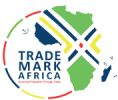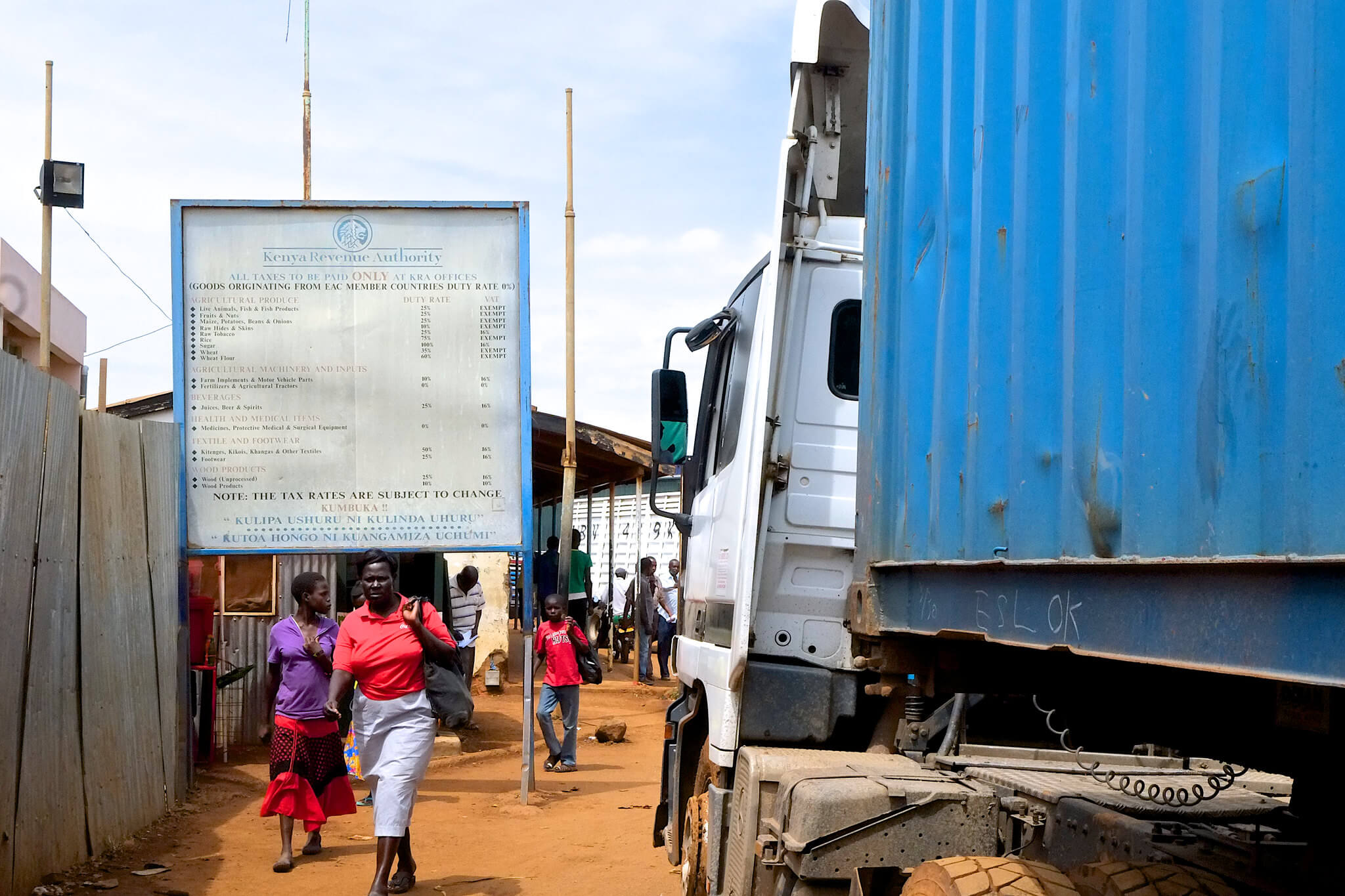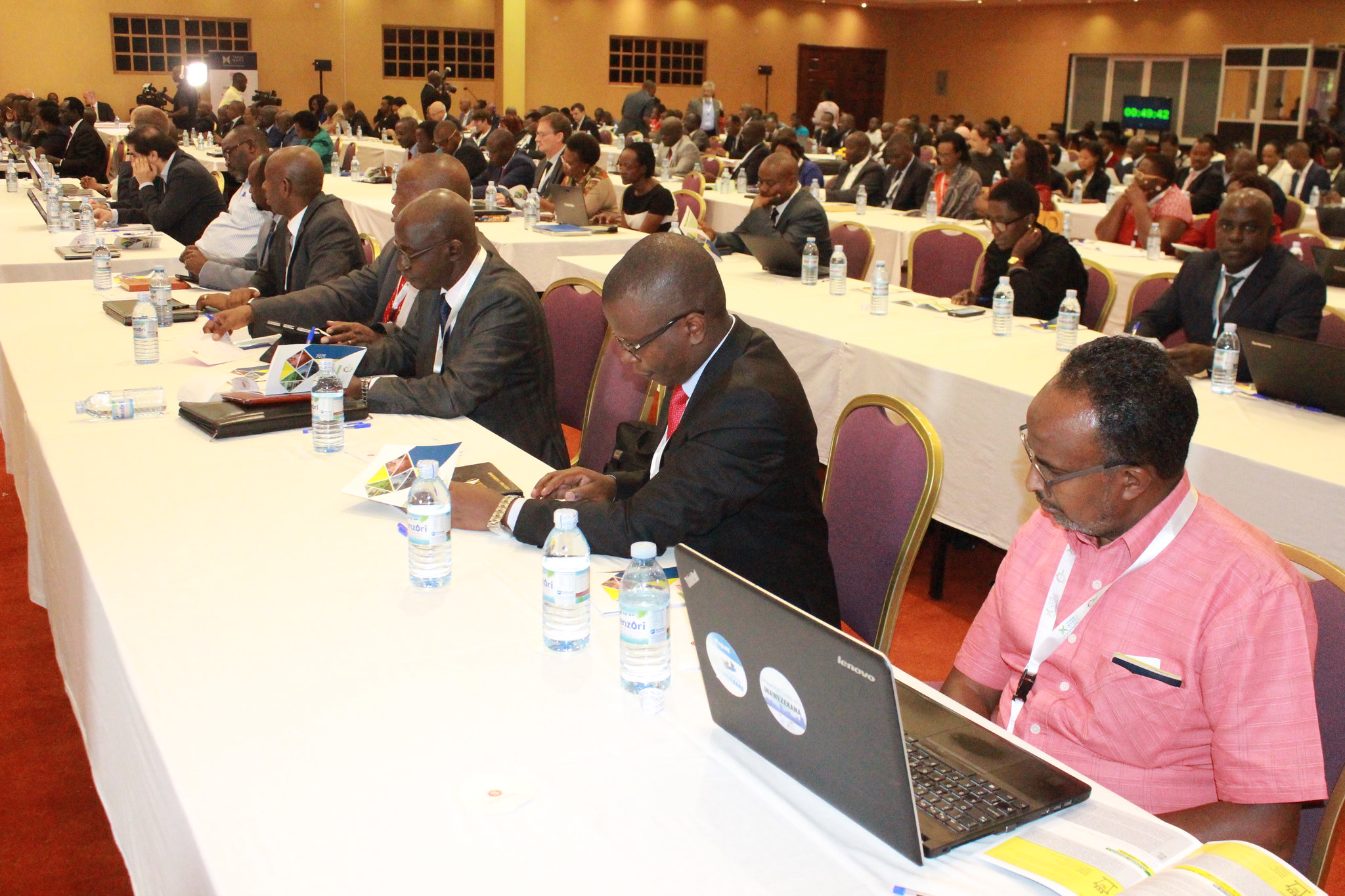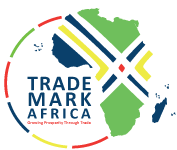The purpose of the EAC Rules of Origin is to implement the provisions of Article 14 of the Customs Union Protocol – setting out criteria for distinguishing between goods produced within the EAC and, therefore, eligible for EAC preferential treatment against those produced outside the EAC customs territory that attract duties specified in the CET (EAC, 2006)70. The EAC Customs Union RoO Rules 2015 are intended to spur intra-EAC trade by being more flexible for the private sector to comply with. However, at present, many NTBs relate to the interpretation of RoO, and challenges have arisen such as the following: Motor Vehicles: Kenya is the largest motor vehicle assembler and importer in the EAC. It imports car parts from outside the EAC and then assembles cars in Kenya, creating jobs and reducing costs. Through such process, cars satisfy the ‘value addition’ criterion for the RoO test and are considered as originating from Kenya. However, there have been instances where Kenya has been unable to export cars assembled on its territory to EAC markets under the preferential treatment principles. An illustrative example, filed on the Tripartite online NTB-reporting system in September 2015, is the one of General Motors. General Motors were charged a duty when exporting four vehicles to Tanzania at the Namanga border post, notwithstanding presenting copies of the EAC Certificate of Origin (CoO), the commercial invoice, the import duty assessment document and the import duty payment note. This NTB has recently been considered resolved, yet there are many instances...
Rules of Origin – Challenges in resolving NTBs
Posted on: May 20, 2019
Posted on: May 20, 2019
















